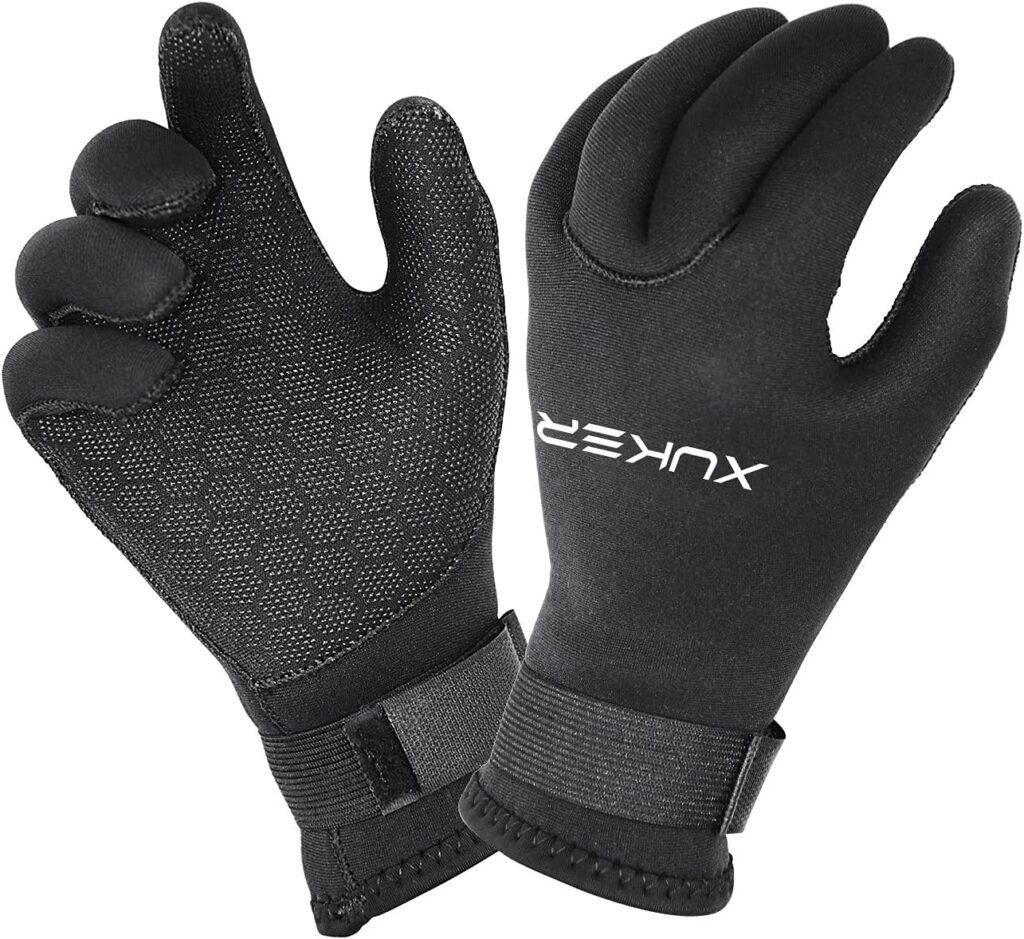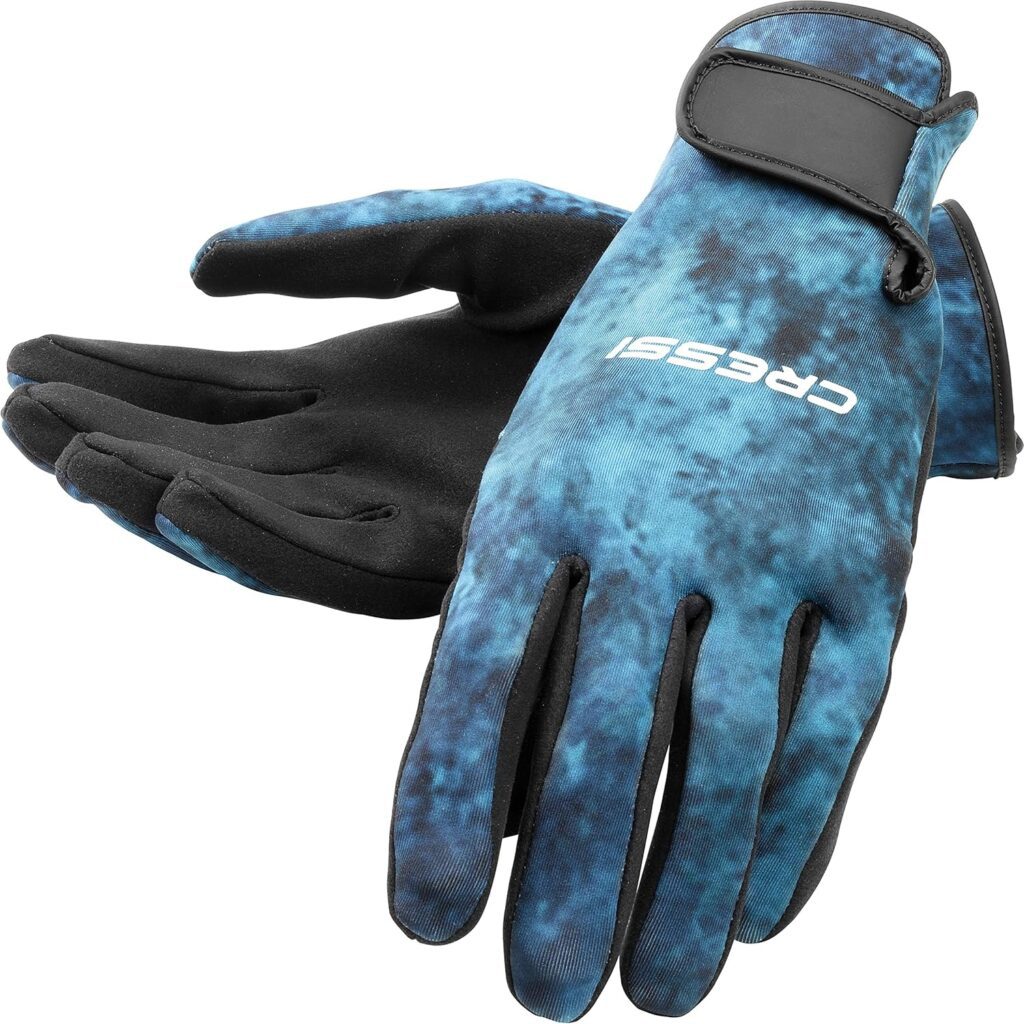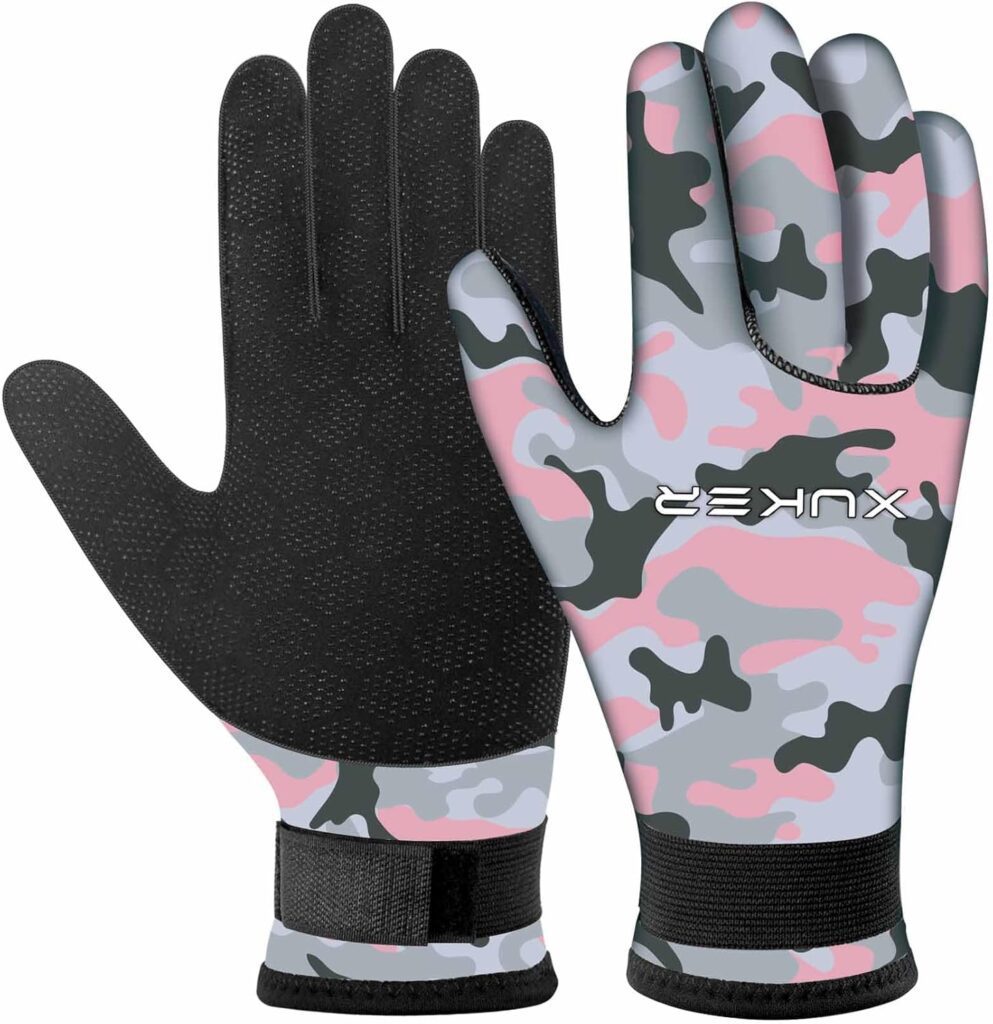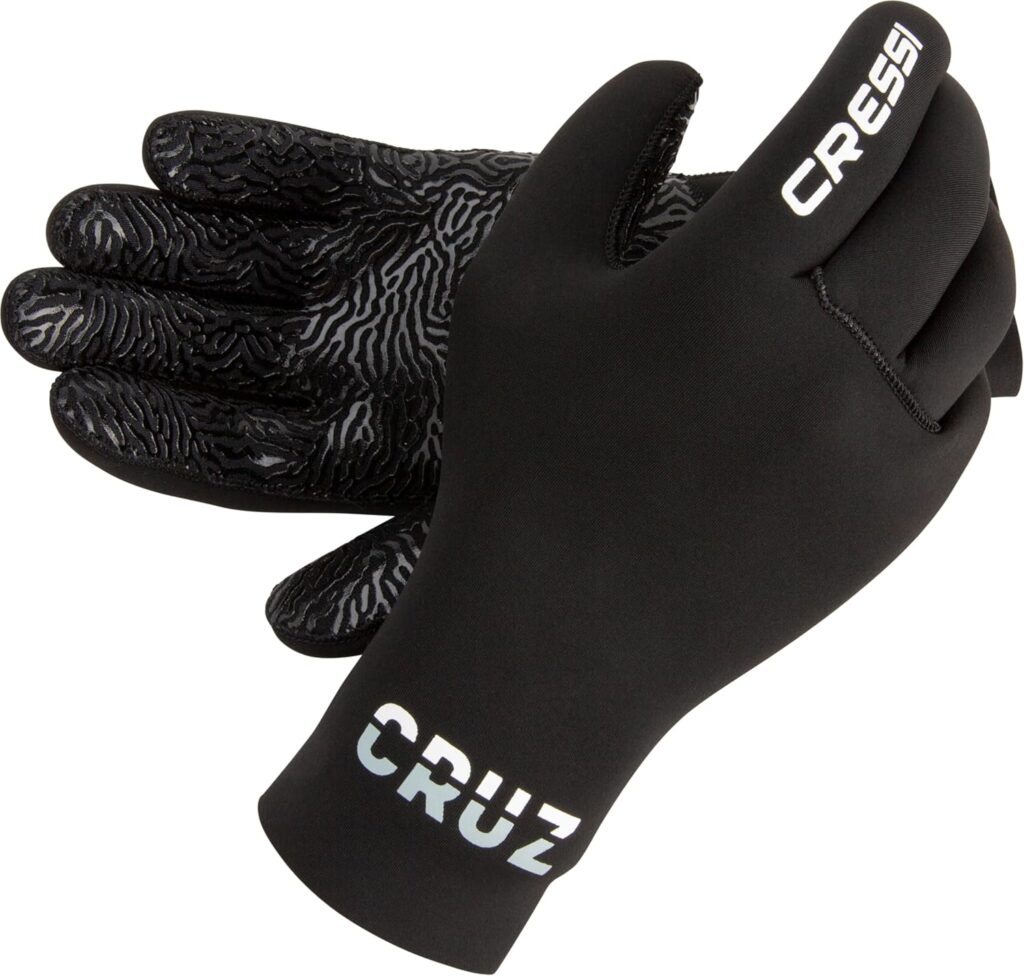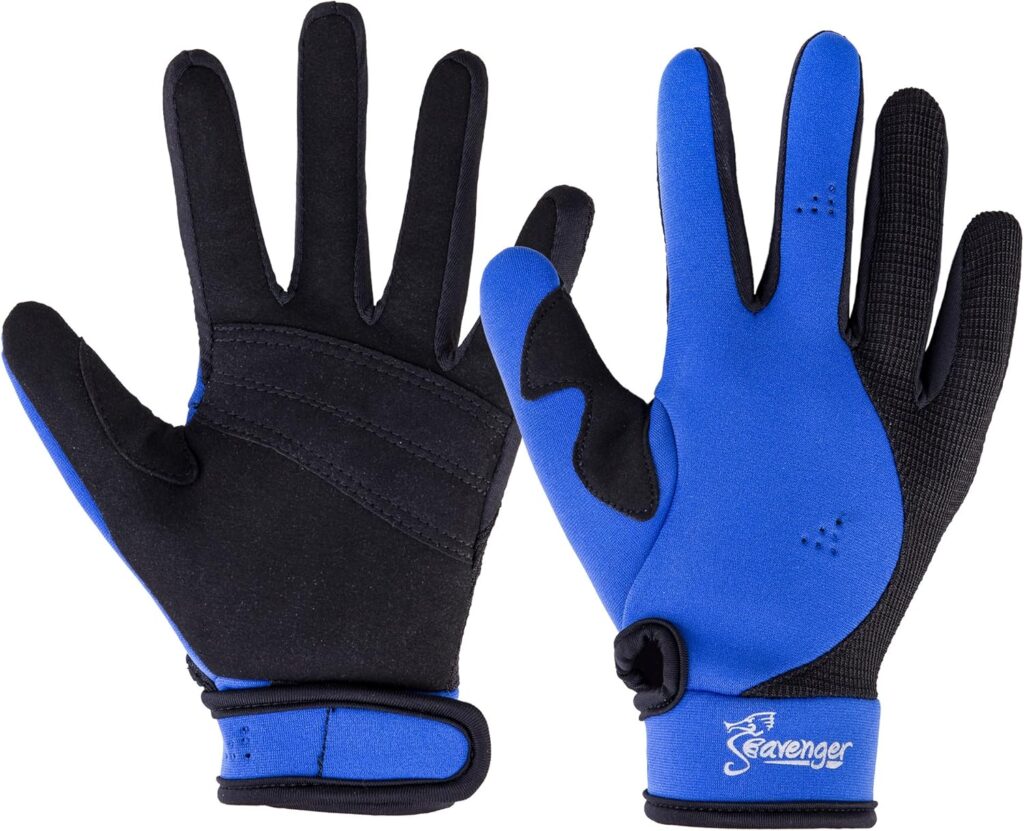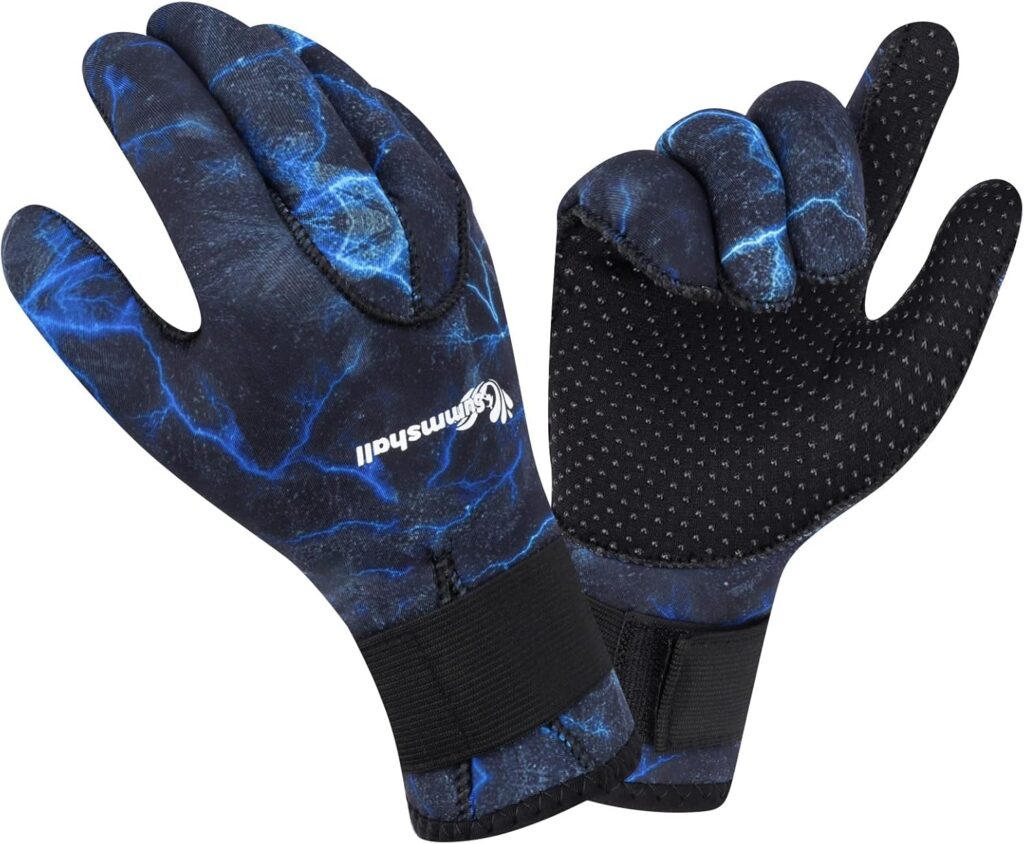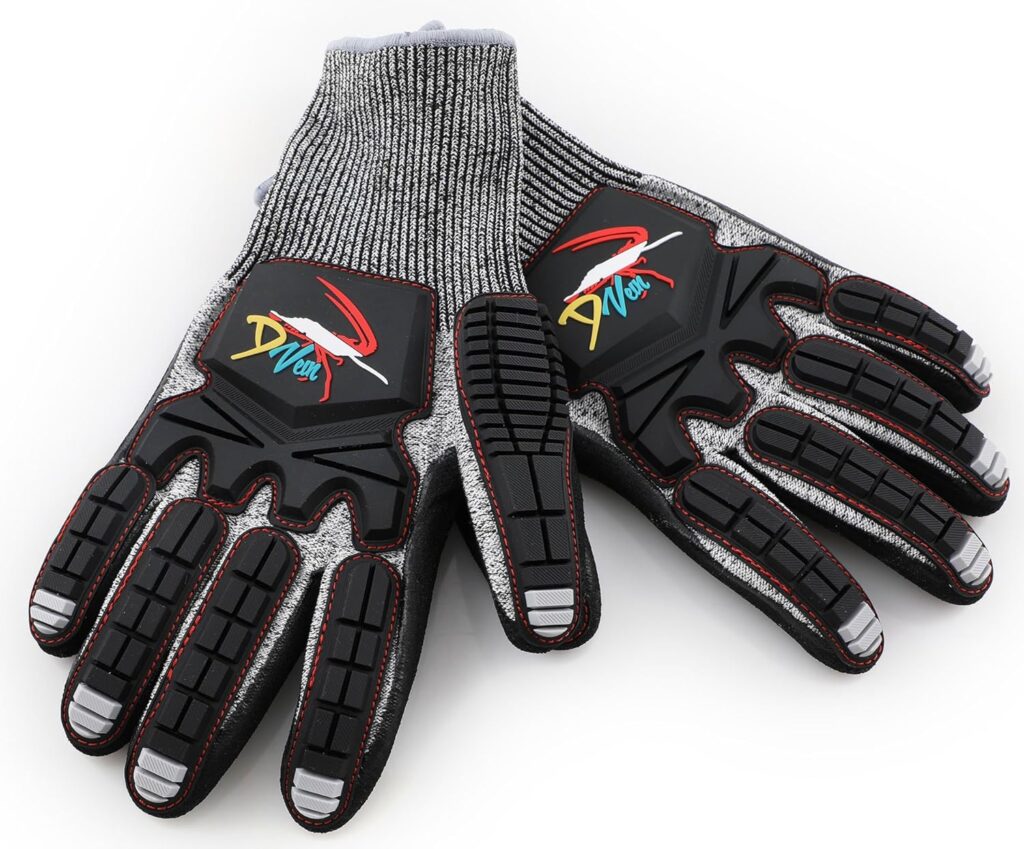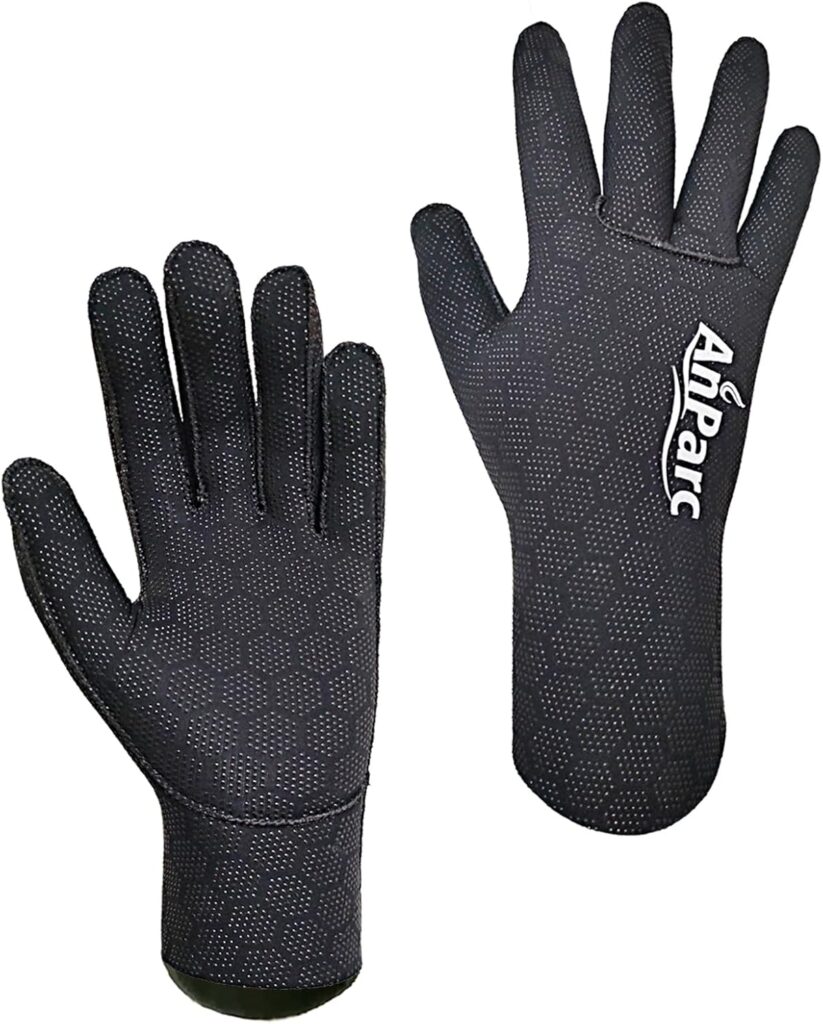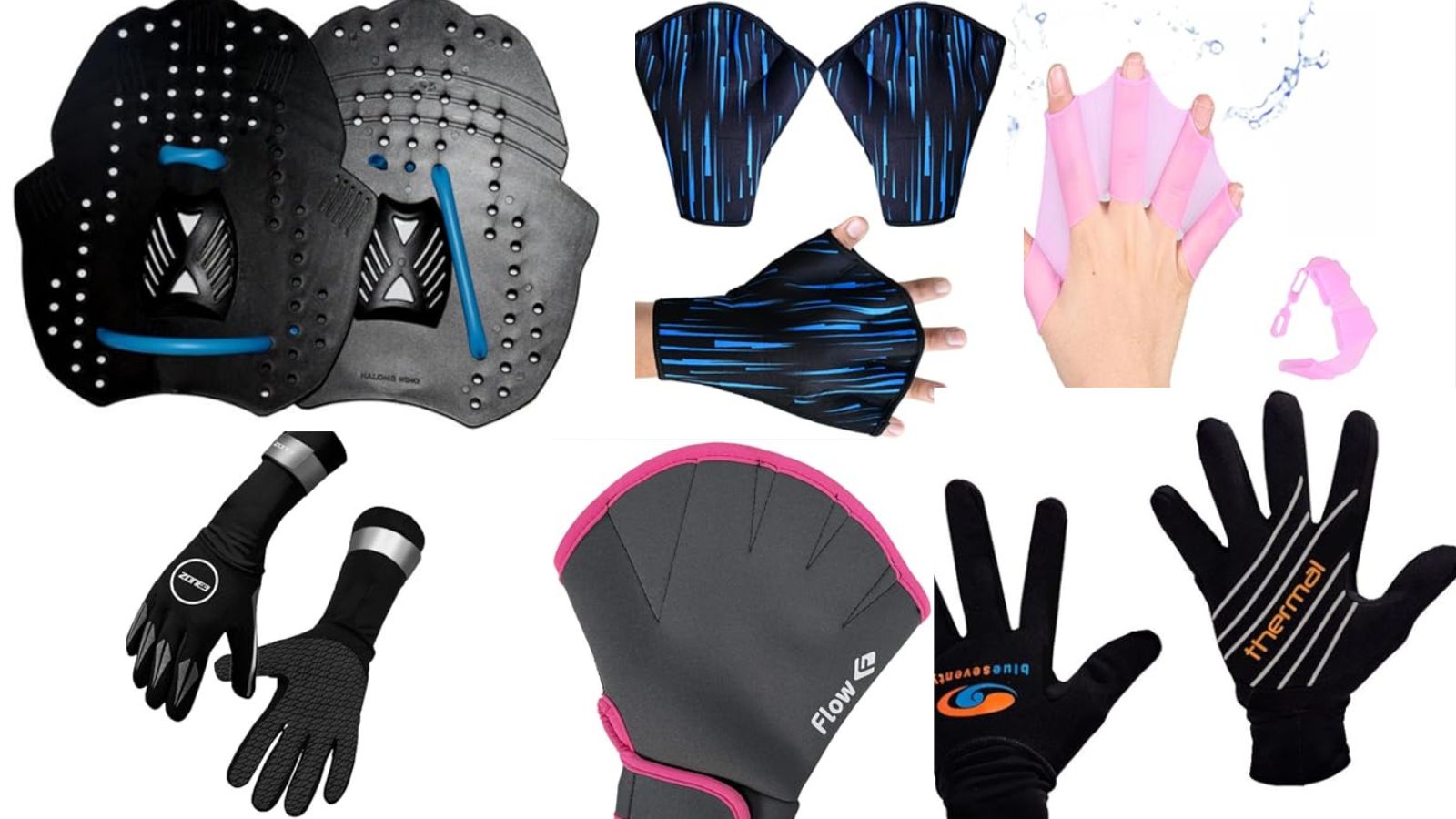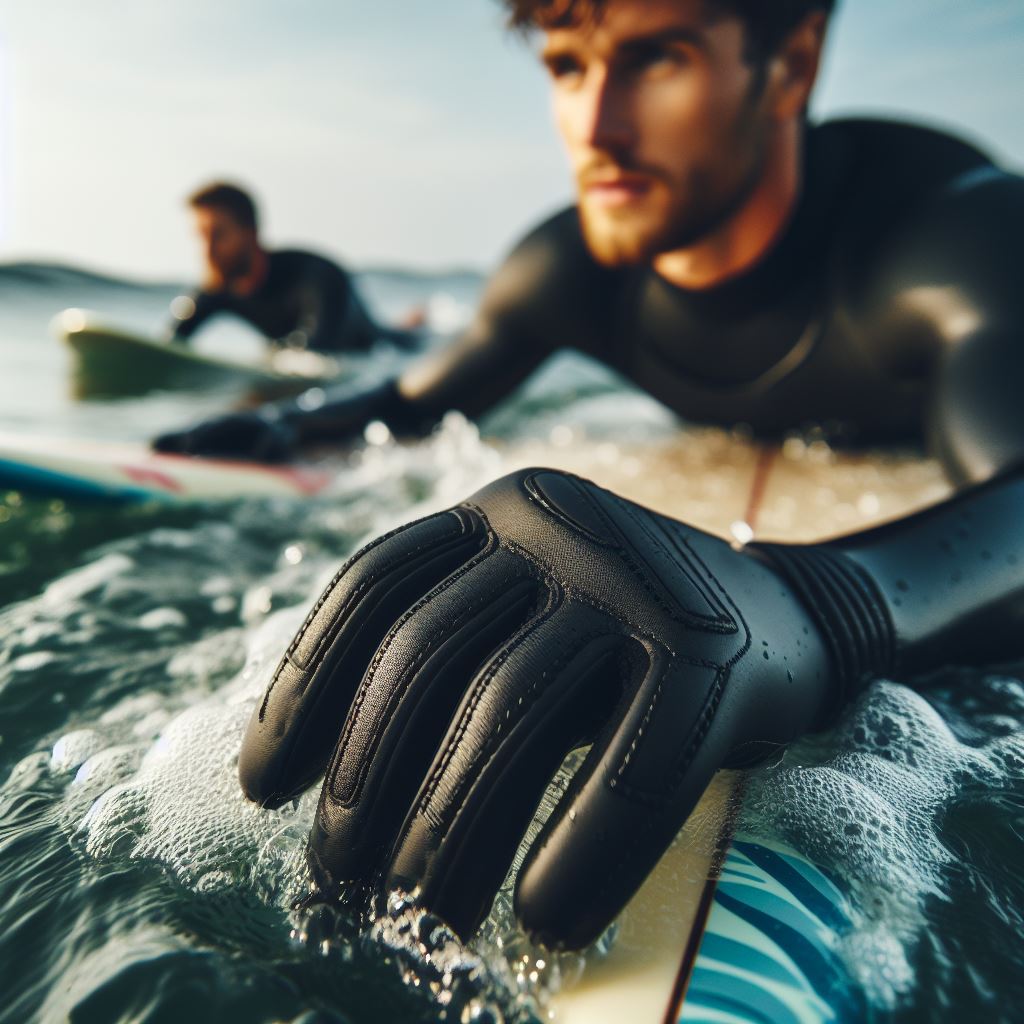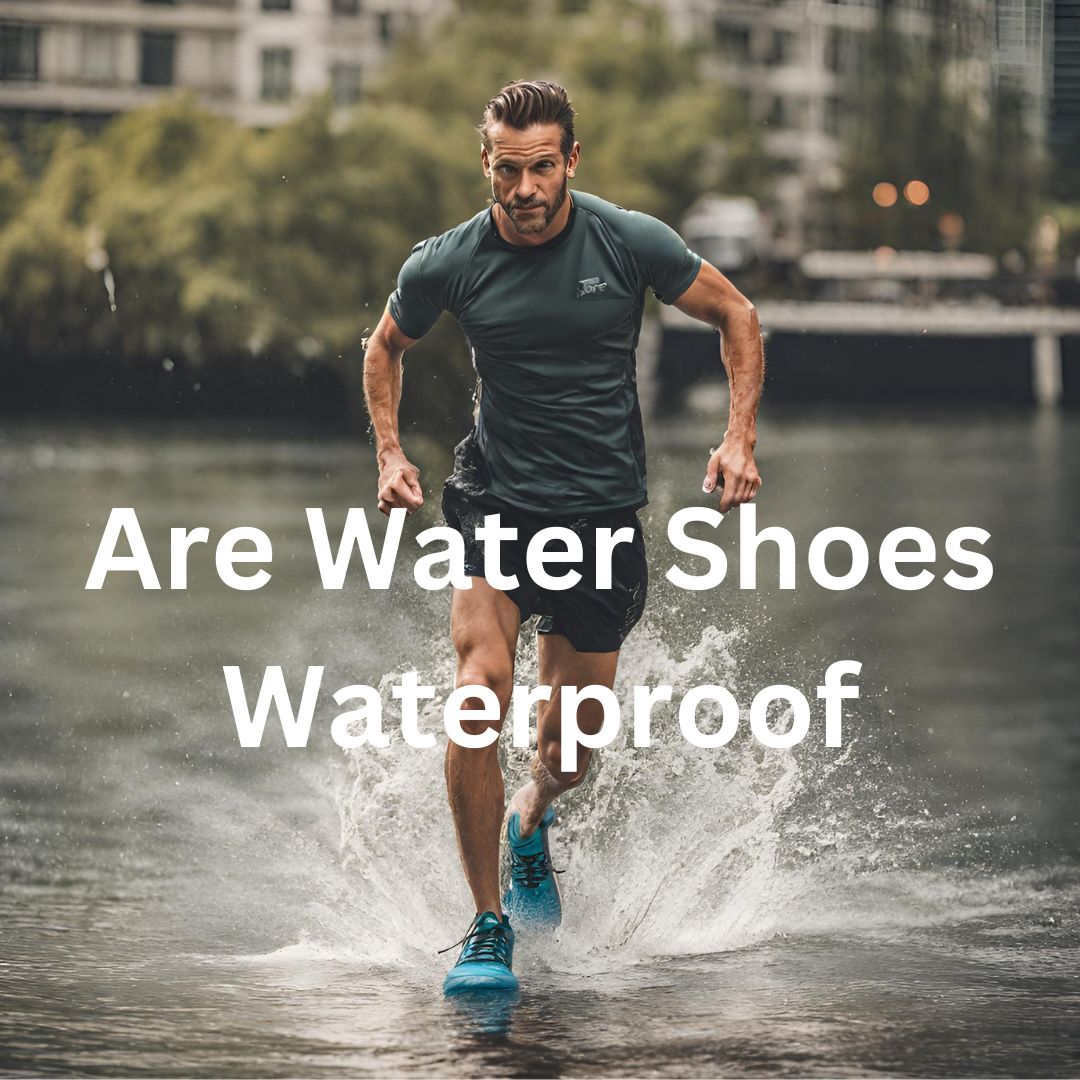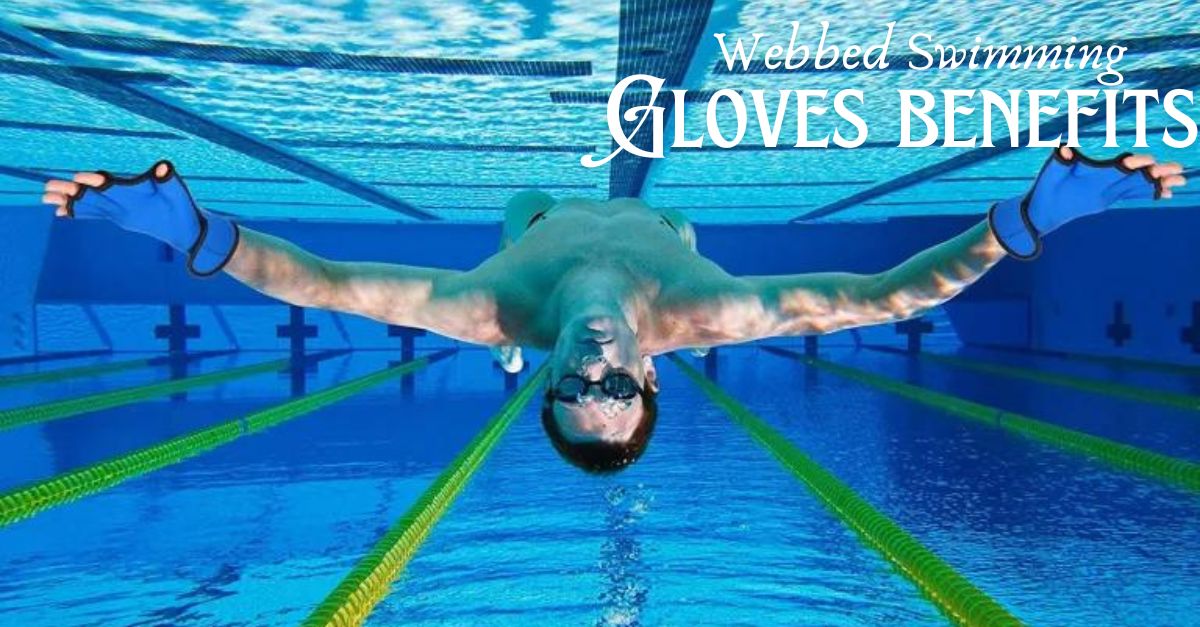10 Best Diving Gloves – Avoid the Shivering Cold
Ever tried grabbing a lobster barehanded in the Atlantic? It’s like shaking hands with barbed wire. That’s why the best diving gloves aren’t just a luxury; they’re a survival tactic for anyone who values their fingers and warmth below the waves.
What Are Diving Gloves and Why Do You Need Them?
Diving gloves are specialized hand protection designed for underwater use. They keep your hands warm in cold water, protect from sharp corals, rocks, and marine life, and give you a reliable grip on your scuba diving gear set.
Made from materials like neoprene, Kevlar, or even dry-seal fabrics, they come in various thicknesses and designs tailored to water temperature, depth, and diving style.
The truth is simple: in cold water, unprotected hands lose heat four times faster than in air. Even mild 21°C (70°F) water can numb your fingers in under 30 minutes. Now, add depth pressure from scuba diving, colder thermoclines, and the fine motor skills needed for camera buttons or inflator valves.
Without proper gloves, your dive turns from adventure to survival exercise quickly.
That’s the core purpose: warmth, grip, and protection without sacrificing dexterity. And this is where choosing the right pair, whether cold water diving gloves or lightweight tropical ones becomes essential.
The Best Diving Gloves
Finding the best diving gloves means balancing warmth, grip, flexibility, and durability. Each model offers different strengths, from spearfishing protection to cold-water insulation.
Below are the best diving gloves that get the job done perfectly:
1. XUKER Water Gloves, 3mm & 5mm Neoprene Gloves
Warmth and versatility define this pair, with two thickness options to suit different water temperatures. The textured palm provides a reliable grip on gear and ladders. Comfort remains solid even during longer dives.
Pros
- Choice between 3mm and 5mm thickness
- Strong thermal insulation for cold conditions
- Anti-slip palms for better control
- Durable stitching prevents leaks
- Easy to put on and remove
Cons
- Slight stiffness in 5mm version
- Can trap water if sizing is off
2. Cressi Camouflage Patterned Spearfishing Gloves
These gloves stand out for spearfishing thanks to their snug fit and flexible neoprene material. The camouflage design blends well in reef environments, giving divers better concealment while hunting. Grip and durability hold up well even in rocky areas.
Pros
- Excellent flexibility for loading spearguns
- Camouflage pattern ideal for underwater hunting
- Strong seams resist abrasion
- Comfortable fit without restricting movement
- Good balance of warmth and dexterity
Cons
- Limited thickness options for extreme cold
- Not ideal for very large hands
3. Skyone Neoprene Gloves Scuba Diving Gloves Wetsuit Dive Gloves
Flexibility is a highlight here, making them comfortable for divers, snorkelers, and paddlers alike. Anti-slip coating ensures confident handling of equipment underwater. Thermal protection works well for moderate temperatures.
Pros
- Broad size range for men, women, and youth
- Comfortable stretch neoprene
- Reliable grip with anti-slip coating
- Lightweight yet durable
- Works for multiple water sports
Cons
- Not warm enough for extreme cold
- Grip texture may wear after heavy use
4. XUKER Neoprene Gloves Men Women
Offering a camouflage pattern with 3mm warmth, these gloves are aimed at spearfishers and divers in mild to moderately cold waters. The fit feels natural, while the palm texture holds steady on slippery surfaces. Construction quality impresses for its price range.
Pros
- Camouflage design suits hunting environments
- Comfortable and flexible neoprene
- Reliable grip in wet conditions
- Good stitching quality for durability
- Light and easy to pack
Cons
- Not suited for icy waters
- Limited wrist seal length
5. Cressi Adult 5 Finger 3mm Thick Neoprene Diving Gloves
Italian design shows in the balance of style, comfort, and functionality here. The ultra-grip palms give divers secure handling underwater without sacrificing flexibility. Thermal protection works best in mild to moderately cold conditions.
Pros
- Stylish, well-made design
- Excellent grip surface
- Comfortable for longer dives
- Reliable warmth for mid-range temperatures
- Quality seams resist wear
Cons
- Not the thickest option available
- May run slightly tight in sizing
6. Seavenger Abyss 1.5mm Neoprene Diving Gloves
Lightweight and highly flexible, these gloves work best in warm or tropical waters. The thinner neoprene keeps dexterity high for activities like snorkeling and kayaking. Grip remains decent despite the minimal thickness.
Pros
- Ultra-lightweight for warm water use
- Easy to pack and dry quickly
- Good hand flexibility for gear work
- Breathable design reduces sweat buildup
- Affordable price point
Cons
- Minimal thermal protection
- Not intended for cold diving
7. Dizokizo Water Gloves, 3mm Neoprene Five Finger Gloves
These gloves combine warmth with a simple, functional design for all-purpose diving and water sports. Palm grip provides confidence when handling equipment. Comfort remains consistent throughout the dive.
Pros
- Affordable yet functional
- Reliable warmth for moderate temperatures
- Anti-slip palm texture
- Comfortable for multi-sport use
- Decent stitching quality
Cons
- Grip pattern may fade with time
- Slight water seepage in heavy currents
8. Summshall Scuba Diving Gloves, 3MM Neoprene Thermal Non-Slip Gloves
Durability and thermal protection make these gloves stand out for general diving needs. Anti-slip surfaces perform well on slippery rocks and ladders. The design suits diving, kayaking, and other surface sports.
Pros
- Solid construction for durability
- Comfortable fit with good stretch
- Anti-slip palms hold equipment securely
- Thermal lining suitable for moderate cold
- Versatile for multiple water activities
Cons
- Not ideal for very deep cold-water dives
- Wrist cuffs could be longer
9. D Vein Lobster Gloves for Diving Kevlar Spearfishing Dive Glove
Designed for tough conditions, these Kevlar-reinforced gloves protect hands from spines, wreck edges, and fishing lines. Spearfishers will appreciate the strong grip and cut resistance. Warmth is moderate but adequate for most hunting dives.
Pros
- Kevlar reinforcement for maximum protection
- Excellent grip for spearfishing tasks
- Durable seams withstand heavy use
- Comfortable interior despite rugged design
- Strong puncture resistance
Cons
- Slightly heavier than standard gloves
10. AnParc 3mm Ultra Stretch Neoprene Water Gloves
Flexibility and comfort are top priorities in this design. The stretch neoprene adapts well to hand movements, reducing fatigue on longer dives. Non-slip palms offer reliable grip on wet surfaces.
Pros
- Ultra-stretch material for comfort
- Lightweight yet warm for moderate water
- Non-slip grip texture on palms
- Versatile for diving, surfing, kayaking
- Easy donning and removal
Cons
- Not warm enough for icy conditions
Best Diving Gloves Comparison Table
| Diving Glove | Warmth (1-5) | Grip (1-5) | Durability (1-5) | Flexibility (1-5) | Best For |
| Cressi Camouflage Patterned Spearfishing Gloves | 4 | 4 | 4 | 4 | Spearfishing, mid-temp waters |
| XUKER Water Gloves (3mm & 5mm) | 5 | 4 | 4 | 3 | Cold-water diving, winter snorkeling |
| Skyone Neoprene Gloves (3MM/5MM) | 4 | 4 | 4 | 4 | Diving, paddling, kayaking |
| XUKER Camouflage Winter Gloves | 4 | 3 | 4 | 4 | Spearfishing, winter diving |
| Cressi Adult 5 Finger 3mm Ultra Grip Gloves | 3 | 5 | 4 | 4 | General diving, better grip control |
| Seavenger Abyss 1.5mm Gloves | 2 | 3 | 3 | 5 | Tropical diving, snorkeling |
| Dizokizo Water Gloves 3mm | 4 | 3 | 3 | 4 | Diving, surfing, kayaking |
| Summshall Scuba Diving. Gloves 3MM | 4 | 4 | 3 | 4 | Diving, snorkeling, boating |
| D Vein Lobster Kevlar Gloves | 3 | 5 | 5 | 3 | Spearfishing, puncture-prone areas |
| AnParc 3mm Ultra Stretch Gloves | 4 | 3 | 3 | 5 | Diving, snorkeling, kayaking |
Understanding Different Types of Diving Gloves
Selecting the right gloves diving enthusiasts trust means knowing your options. Each type serves a specific purpose depending on water conditions, depth, and task.
1.Neoprene Gloves
These are the workhorses of the diving world. Neoprene traps a thin layer of water between the glove and your skin. Your body warms this layer, creating insulation. Thickness ranges from 1mm for tropical waters to 7mm for icy dives.
Fact: According to Divers Alert Network, hands and feet account for most heat loss in cold-water divers, making thicker neoprene essential below 15°C (59°F).
2. Dry Gloves
Used mainly with drysuits, dry gloves keep hands completely dry by sealing at the wrist. They’re perfect for technical divers exploring wrecks or ice caves, where cold water can be near freezing. Dry gloves often require liners for warmth and have a learning curve because air trapped inside affects buoyancy slightly.
3. Kevlar-Reinforced Gloves
For spearfishing or wreck diving, spearfishing gloves and Kevlar palm designs offer abrasion resistance against barnacles, wreck edges, or spiny creatures like lobsters.
4. Three-Finger Mitts
A compromise between mittens and gloves. They keep three fingers together for warmth while leaving thumb and index separate for gear handling. Ideal for scuba diving gloves for cold water dives where dexterity matters but so does warmth.
How to Choose the Right Diving Gloves
Picking the right divers gloves involves balancing three factors: water temperature, task requirements, and fit.
Thickness Versus Temperature
Here’s a simple guideline many instructors use:
- 24°C+ (75°F+): 1–2mm tropical gloves for protection only.
- 18–24°C (64–75°F): 3–5mm gloves for mild cold.
- 10–17°C (50–63°F): 5–7mm or three-finger mitts.
- Below 10°C (50°F): Dry gloves with liners or heavy 7mm mitts.
It’s not just about comfort. Numb fingers reduce reaction time when managing inflators or signaling buddies.
Dexterity Needs
Underwater photographers, technical divers tying reels, or those using scuba dive light systems need thinner palms and pre-curved fingers for button work. Spearfishers want palm padding but flexible trigger fingers.
Fit and Seal
Loose gloves flush cold water inside; overly tight ones restrict circulation. A snug fit with minimal flushing is ideal. Wrist seals should layer properly under or over wetsuit cuffs depending on design to prevent leaks.
Materials and Construction: Why It Matters
The difference between budget gloves and the best diving gloves often comes down to materials and seams.
- Neoprene Type: High-stretch neoprene offers dexterity but compresses at depth, losing warmth. Denser neoprene resists compression but feels stiffer.
- Seam Technology: Glued and blind-stitched seams prevent leaks. Liquid-sealed seams add durability and water resistance, vital for waterproof scuba gloves.
- Palm Textures: Rubberized or Kevlar coatings enhance grip on wet ladders, reels, and cameras.
Experienced divers often check seams first because blown stitching mid-season turns even premium cold water diving gloves useless fast.
Cold Water Diving Gloves: Beating the Freeze
Anyone who doesn’t know how deep scuba diving go will learn cold gets worse with depth. Thermoclines: those invisible layers of icy water, can hit suddenly even in tropical seas. That’s why cold water diving gloves deserve special mention.
In sub-10°C water, dry gloves or 7mm mitts become non-negotiable. Studies from the Norwegian Underwater Institute show finger dexterity drops 25% after 15 minutes below 8°C without proper insulation.
Tips for cold-water comfort:
- Choose pre-curved fingers to reduce strain in thick gloves.
- Layer thin liners under dry gloves for adjustable warmth.
- Practice valve drills with your chosen gloves before real dives.
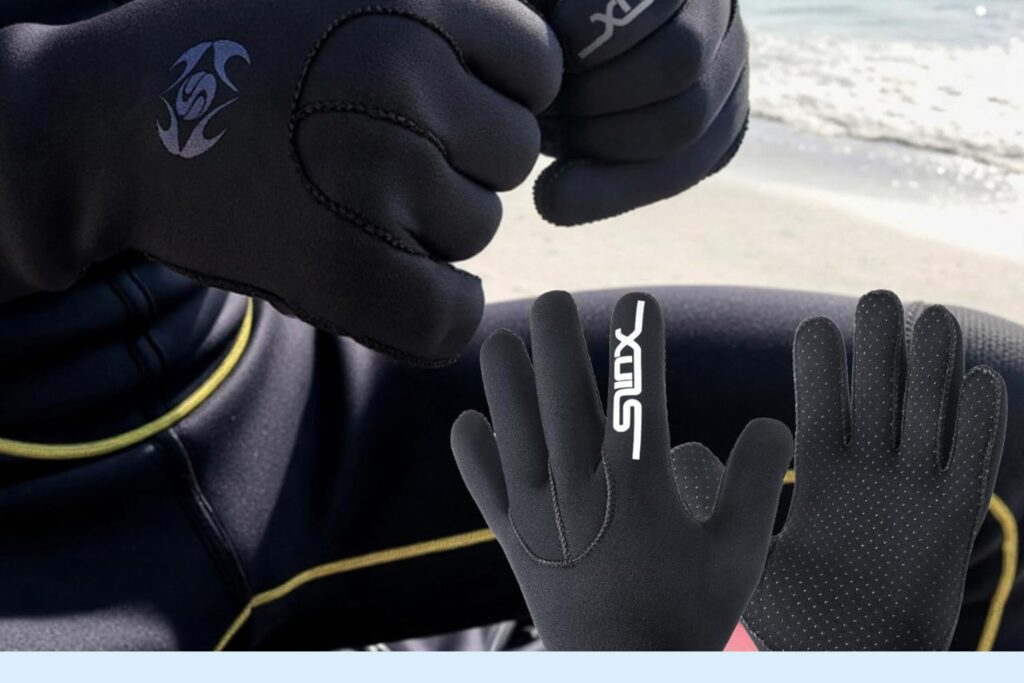
Spearfishing Gloves: Grip Meets Protection
Spearfishers deal with spiny fish, sharp fins, and reef edges. Spearfishing gloves use cut-resistant fabrics like Dyneema or Kevlar while keeping palms tacky for gun loading. Some divers prefer open-finger tips for better trigger feel, but that trades warmth for sensitivity.
A common rule from veteran spearos: grip first, warmth second, because slipping a loaded band risks serious injury.
Waterproof Scuba Gloves: Do They Exist?
Yes, but “waterproof” underwater is relative. Wet gloves always allow minimal water entry; insulation comes from trapped water warmed by the body.
True waterproof scuba gloves are dry gloves with wrist seals. For recreational divers, semi-dry designs with long cuffs reduce flushing enough for most conditions without full dry systems.
Caring for Your Diving Gloves
Even the best diving gloves fail early if neglected. Saltwater, sun, and bacteria destroy neoprene fast. Rinse gloves in fresh water after every dive, dry them away from direct heat, and store flat. For odor control, mild wetsuit shampoos prevent mildew and extend lifespan.
Pro tip: Never leave gloves bunched in a bag. Trapped moisture breeds odor-causing bacteria within hours.
Common Problems and Quick Fixes
- Cold Hands Despite Thick Gloves: Check for wrist flushing or try mitts instead of five-finger gloves.
- Slipping Grip: Look for new palm textures or apply aftermarket grip coatings.
- Tight Fit: Switch brands, sizing varies widely across manufacturers.
- Seam Leaks: Repair kits with neoprene cement work for small tears.
Safety and Environmental Notes
Some marine parks restrict gloves to prevent reef grabbing. Always check local rules before packing gloves diving trips. For safety, avoid dangling straps that snag fishing lines or wreck interiors.
FAQs on the Best Diving Gloves
- Do I need gloves for tropical diving?
Yes, for stings, cuts, and grip, even thin 1–2mm gloves help. - Are dry gloves hard to use?
They take practice. Air inside affects buoyancy slightly, but warmth gain is huge. - Can I use surfing gloves for diving?
Not ideal. Diving gloves use seams and materials designed for depth pressure.
The Bottom Line on The Best Diving Gloves
Choosing the right scuba diving gloves turns cold, clumsy dives into comfortable, safe adventures. Whether you need divers gloves for tropical reefs or cold water diving gloves for ice dives, focus on fit, material, and the balance between warmth and dexterity.
The best diving gloves don’t just keep you warm; they protect your hands, improve your grip, and let you handle every task underwater confidently, from adjusting buoyancy to loading a speargun or filming with steady hands.
